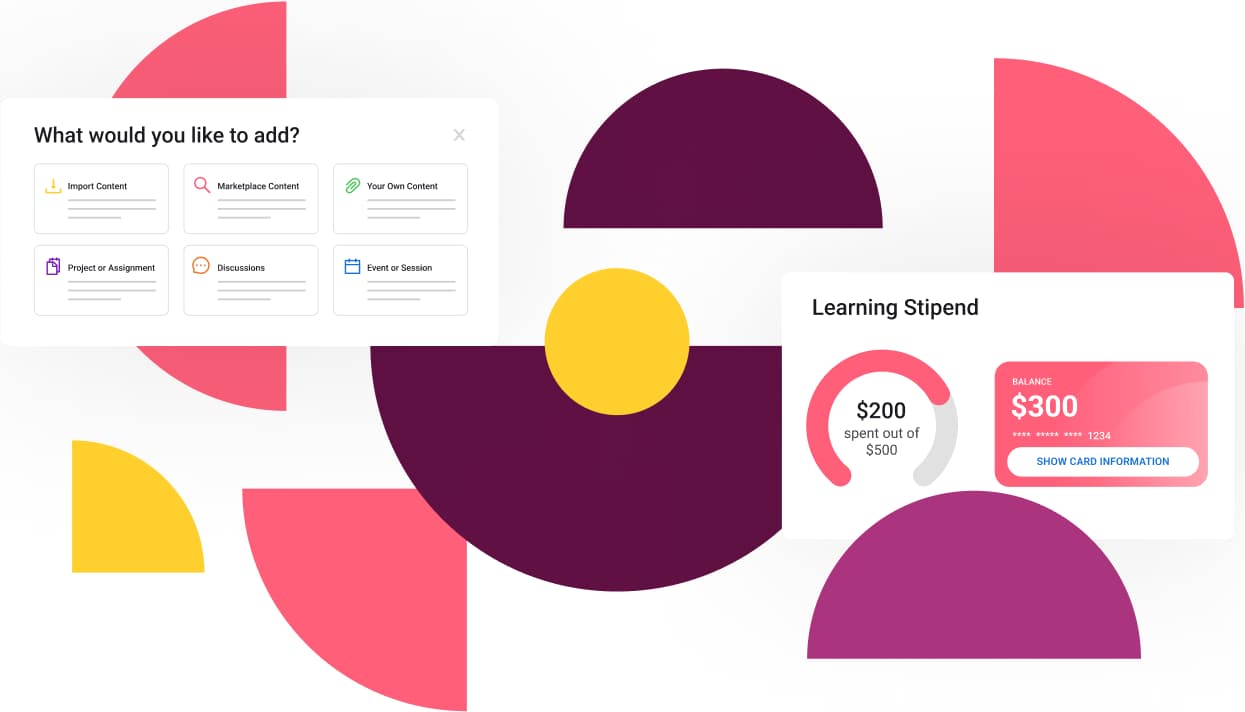What makes a workplace a best workplace?
Inc’s Best Workplaces for 2022 was recently announced and we were honored to join other amazing companies as part of that list. We decided to dive deep into the data and share our findings as to what makes a workplace a best workplace.
What makes a workplace a best workplace?
Learn In was named one of the 475 Best Workplaces of 2022 by Inc Magazine last week. For being in business for just over two years, we’re extremely honored and proud to have been given this recognition. It aligns with our mission to advance the lives of every employee in every company.
A big component of that is keeping a finger on the pulse of what workers want from employers, and how the best employers are continually advancing and adapting to meet those needs.
Given that we’re a Best Workplace, we thought it could be valuable to do a deeper analysis of all 2,163 companies winners of the Best Workplaces award since 2017, including 475 of our peers from 2022. We discovered some interesting insights as to what’s trending now and how they create such a great environment for their employees.
Show you care
When exploring the top 10 benefits that have grown the fastest in terms of investment, it becomes increasingly clear that the best workplaces are responding to the needs of their employees – they show they care. Employees receive:
- more time to balance their work and life with flexible hours, time with loved ones through additional maternity and paternity leave, and time to serve in their communities.
- more support to look after themselves now through mental health and health savings accounts, and in the future through 401K matching benefits.
- more advancement opportunities through investing in learning and development stipends.
Looking closely at the list of top benefits, there’s still opportunities to offer differentiated career-related benefits based on your specific workforce needs.
What workers want
Workers are increasingly recognizing that skill development and opportunity for advancement is a major reason to choose who they work for. Just take a look at some of these key insights:
- LinkedIn research shows that 94% of employees would be happy to stay with an employer who invested in their career development.
- According to PwC, 93% of CEOs who have implemented upskilling programs see increased productivity.
- In an Amazon study, 2 in 3 workers believe upskilling has improved their quality of life and standard of living. And that’s hard to argue.
- UiPath found that 73% are more willing to work at a company that provides upskilling.
Employers need to take note. According to Deloitte, only 34% of workers are satisfied with the menu of skill development opportunities offered by their current employer. A tight labor market that is increasingly becoming harder to hire from, with the decreasing half life of skills, and with increased digitization and automation, the only option is to adapt.
Learning benefits are so hot right now
The pandemic has added fuel to the fire for offering learning benefits. Why? Because it is no secret that companies find it challenging to hire and retain the talent they need. The Bureau of Labor Statistics reported record “quits” throughout 2021, exacerbating a skills gap that continues to widen even as spending on corporate learning and development rises.
“On a business level, our employment brand and ability to attract and engage people is now directly related to learning. [Josh Bersin’s] analysis of Glassdoor ratings shows that career opportunities are twice as important (measured through correlation) as compensation in predicting whether or not an employee would recommend your company as a great place to work.” – Josh Bersin, HR Technology expert
It is increasingly clear that employees want to choose what and how they learn, and the platforms companies offer are too limited. A new solution that the best workplaces are leaning into is to let employees choose the skills they want to develop, with learning and development stipends.
There were a few surprises in the data, but none more than the rise in learning stipends as a benefit, from 8% to over 70% in 6 years. Clearly, smarter companies don’t see this as a free-for-all budget, rather they see it as an opportunity to offer choices of learning resources, programs and courses that are broad enough yet aligned to where businesses need to close skills gaps.
Yet, some learning benefits have stalled
What’s interesting is how some learning benefits, like tuition reimbursement, have remained flat across the best workplaces, particularly during the recent post-pandemic years. The good news is that 4 out of 10 companies are offering this option, however legacy thinking might be holding back further expansion and investment. Many of these programs have lots of strings attached. However, with some lateral thinking aligned to what employees need – deep intensive programs that can be put into practice sooner – we can support more employees.
The opportunity to lead
Every industry is struggling to find talent and retain talent. However, some industries are recognizing the need for smarter approaches to creating best-in-class workplaces. So, if you are in a lagging industry, what steps can you take?
Let’s take manufacturing, Deloitte predicts nearly 3.5 million manufacturing jobs will open up by 2025, two million of which are expected to go unfilled because of the skills gap. The negative economic impact could be as much as $1 trillion to the US economy alone. Consider what benefits to introduce that will meet these employee expectations:
- career growth opportunities
- scheduling flexibility
- effective onboarding and development
- recognition
Being in a slower to change industry opens up the chance to be a leader of the pack, to both attract and retain the best talent.
Change with the times
The work environment has changed dramatically in the last 6 years. Including the fact that the number of millennials in the workforce is now 56 million – 35% of the total US labor force. Every generation has different needs and expectations of where work fits into life. The best workplaces have had their ears to the ground, being flexible to the ever changing needs of workers. The biggest movers in terms of investment areas including learning and development stipends, fitness and mental health investments, and flexible hours – which now nearly 97% of the 475 Inc Best Workplaces of 2022 offer their employees.
Better life or better snacks?
As I mentioned earlier, helping people advance their lives is part of our core mission at Learn In, and it also turns out to be a major factor that is driving the most in-demand places to work. We not only offer a platform that helps companies improve the skills of employees by establishing internal talent academies, but we apply the same thinking within our four walls (well, we’re 100% remote so we don’t have an office with walls!)
“Not long ago, the term ‘best workplace’ would have conjured up images of open-office designs with stocked snack fridges,” says editor-in-chief Scott Omelianuk. “Yet given the widespread adoption of remote work, the concept of the workplace has shifted. This year, Inc. has recognized the organizations dedicated to redefining and enriching the workplace in the face of the pandemic.”
I’d recommend auditing every employee benefit, talking to employees and asking them for their feedback, and instead of adding more benefits make trade-offs – such as channeling more funds towards benefits that will help improve the lives of your employees today and tomorrow. They’ll thank you for it with better productivity and retention.
If you would like to find out more about Learn In and how we help steer resources such as learning stipends for better employee development – would be great to chat. Just connect here, and as a starting point check out our guide to launching learning stipends.
Written By: DEEPS RAMANATHAN , CMO, Learn In

About Learn In
Learn In helps companies establish talent academies that steer all the resources needed for building an always-skilled workforce. HR, Talent and L&D leaders use Learn In to modernize access to learning budgets and world-class programs, and to simplify the delivery of custom programs to employee groups. Learn In’s core features include a tuition benefits manager, a prepaid learning stipend card, a world-class program marketplace and custom program builder, and dedicated coaching. Now every employee can build deeper skills precisely aligned to company needs. Co-founded by the founders of Degreed, Learn In is backed by leading edtech & future-of-work investors, including Firework Ventures, Kickstart Fund, GSV, Album, and Village Global, and has been covered in CNBC, USA Today, EdTechReview, EdSurge, and Techcrunch.
For more insights, follow us on LinkedIn, or subscribe to our newsletter to stay in touch.
